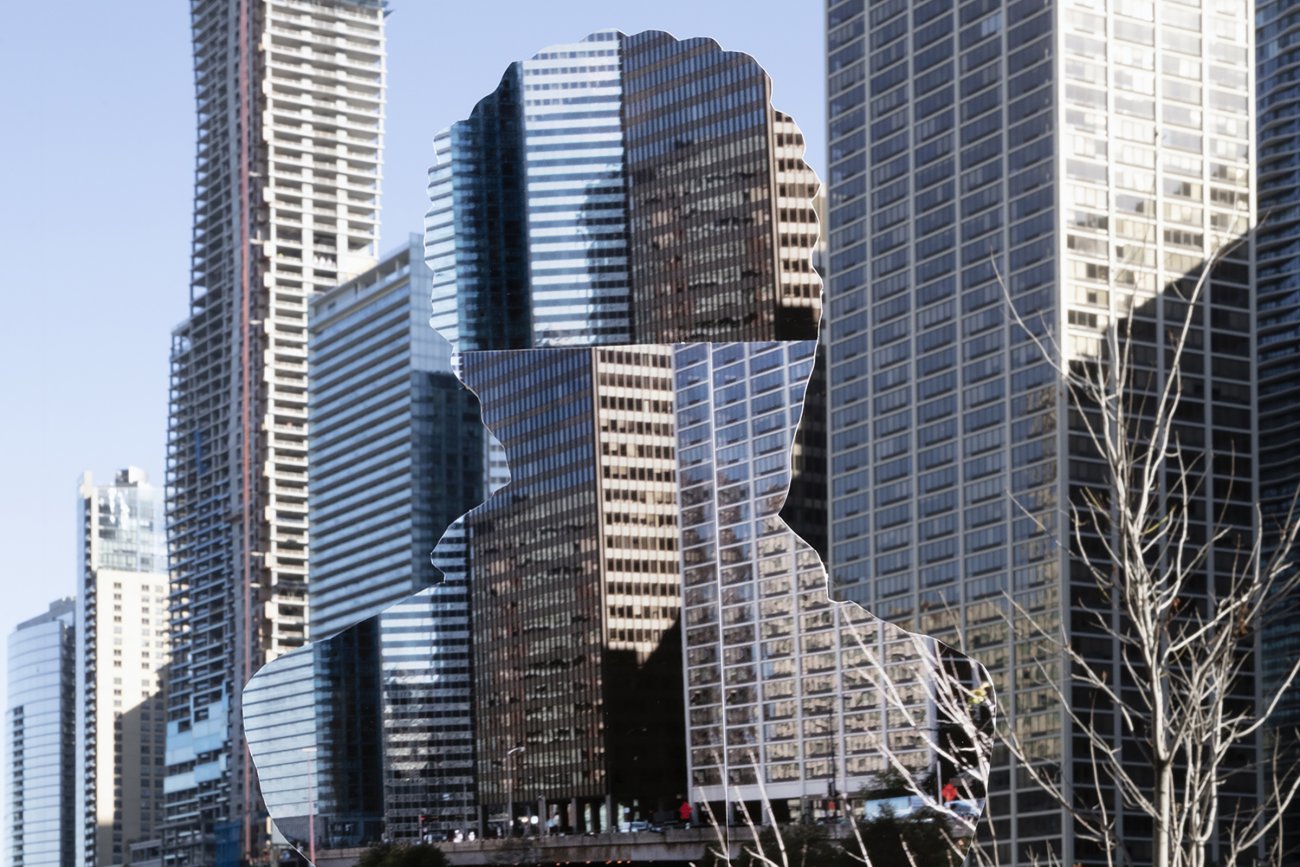
Kelly Kristin Jones, Founding Father, 2018, archival pigment print, 24 1/2 in x 36 1/2 in

Kelly Kristin Jones, Founding Father, 2018, archival pigment print, 24 1/2 in x 36 1/2 in
In the 2004 essay, “An Archival Impulse,” Hal Foster traced a distinct tendency toward the use of historical information and archival organization within contemporary art. Quoting Thomas Hirschhorn, Foster believed the desire to archive is "to connect what cannot be connected."
An archive is both “the commencement and the commandment,”¹ the beginning and the authority. It establishes the history of a person, a community, a place, a nation, and brings them into being through collective and personal memory. When the tie to an origin is believed to be fractured, unstable, or lost, this will to connect is an anxious response: “For why else connect so feverishly if things did not appear so frightfully disconnected in the first place?”
Fifteen years later, the tendency to work archivally still holds. But the impulse to connect manifests itself in motivation, not in method. Foster brushes against the idea of an “anarchival impulse,” that is a concern less with definite beginnings and more on the possibility of new kinds of cultural memory founded on the accumulation and arrangement of obscure traces. Anarchival Impulse brings to the forefront artists who author their own histories by way of a rupture, a breakdown, a decentering, or a glitch.
Download the full press release below.